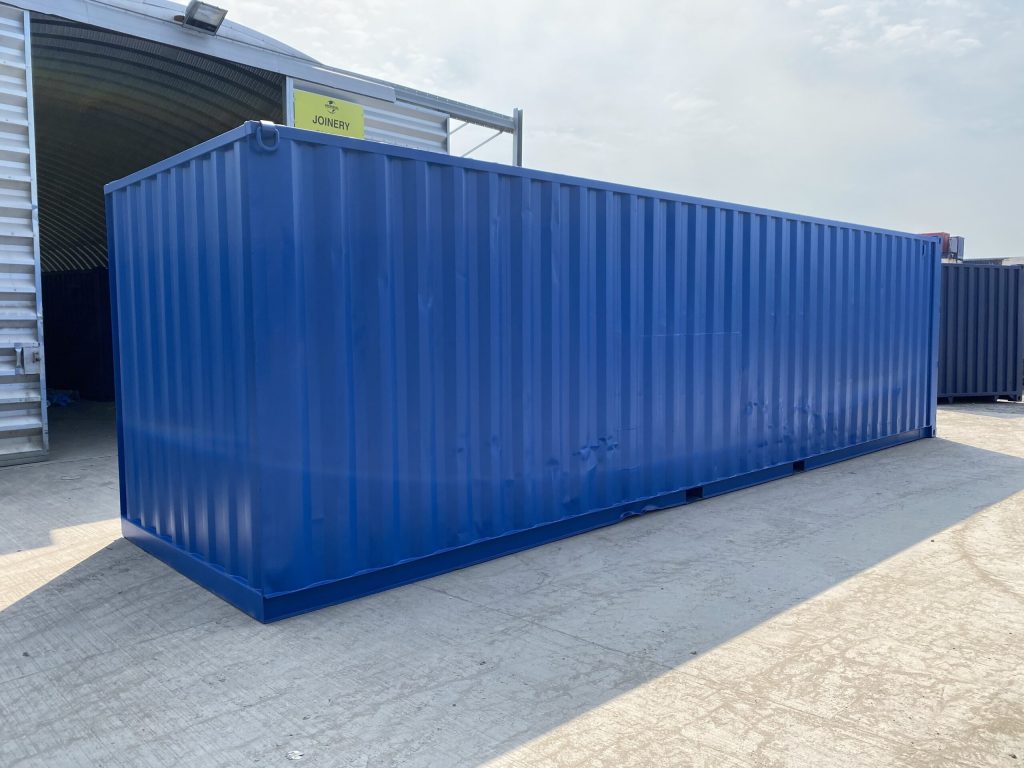Why Everyone Is Talking About 30 Foot Container Right Now
Understanding 30-Foot Container Dimensions: A Comprehensive Guide
When it pertains to logistics and shipping, one of the most crucial factors is comprehending container dimensions. For services, choosing the right size can considerably impact shipping expenses, storage performance, and overall logistics method. Amongst various container sizes, the 30-foot shipping container is a popular option for lots of. This post will explore the dimensions and specs of 30-foot containers, along with helpful suggestions for their appropriate utilization.
Dimensions of a 30-Foot Shipping Container
Before diving into more information, let's describe the basic dimensions of a 30-foot shipping container in the table listed below:
Measurement
Requirement (in Feet)
Metric (in Meters)
Length
30 ft
9.14 m
Width
8 ft
2.44 m
Height
8.5 ft
2.59 m
Max Payload
67,200 pounds
30,000 kg
Interior Width
7.7 ft
2.34 m
Interior Height
7.9 ft
2.39 m
Interior Length
29.5 ft
8.98 m
Volume
1,615 cu ft
45.7 cu m
Types of 30-Foot Containers
30-foot containers been available in a number of configurations, each with its own set of characteristics and dimensions. Understanding them helps in making the ideal selection for your shipping requires.
Standard Dry Container
- Description: The most typical kind of container, usually used for general freight.
- Dimensions: As noted in the table above.
Reefer Container
- Description: An insulated container equipped with a refrigeration system designed for perishable items.
- Dimensions: Similar to a basic dry container, but requires additional area for refrigeration equipment.
Open Top Container
- Description: A container without a solid roofing, enabling high cargo that can not fit through a basic entrance.
- Dimensions: While similar in total dimensions to a basic container, the upper opening can have differing sizes.
High Cube Container
- Description: A taller variant of the standard container, providing additional vertical space for taller products.
- Dimensions: 30-foot high cube containers normally have an extra foot in height.
Utilizes of 30-Foot Containers
Comprehending the size and dimensions is vital, but understanding how to utilize them effectively is critical. Here is a list of typical usages for 30-foot shipping containers:
- Small Business Storage: Ideal for small enterprises requiring extra storage space for devices.
- Mobile Offices: Can be tailored to produce portable workplace environments.
- Pop-Up Shops: Retail services utilize containers to create short-lived shops in various areas.
- Housing Solutions: Some property owners transform them into small home or guest homes.
- Exhibit Spaces: Used for trade shows, occasions, or art exhibits.
Advantages of Using a 30-Foot Shipping Container
- Cost-Effective: Provides a balance between size and cost, making them a cost-effective option for various applications.
- Flexibility: Their diverse applications make them appropriate for a wide variety of industries.
- Toughness: Built from robust products, these containers can withstand the rigors of transportation and weather.
- Alleviate of Mobility: Their size makes them much easier to transfer compared to larger containers, which can be troublesome.
Regularly Asked Questions (FAQ)
1. What are the weight constraints of a 30-foot container?
The optimum payload is usually around 67,200 pounds or 30,000 kgs. Keep in mind that the overall weight (consisting of container weight) need to not surpass the defined limits set by shipping business.
2. How 30 Foot Storage Container of pallets can suit a 30-foot container?
Depending on the pallet configuration and the specific items being transported, you can usually fit about 10— 12 standard pallets in a standard 30-foot container.
3. Can 30-foot containers be stacked?
Yes, shipping containers are developed to be stacked, facilitating effective usage of vertical area in shipping lawns and during transport.
4. Are there any particular licenses needed for using 30-foot containers?
Usage may vary by area. It's advisable to examine local guidelines regarding container positioning and usage, particularly for conversions into offices or stores.
5. What is the basic shipment time for a rented 30-foot container?
Delivery time can vary based on suppliers and place. Generally, tenants can anticipate delivery within a couple of days to a couple of weeks.
Understanding 30-foot container dimensions is crucial for companies and people seeking to optimize logistics, storage, or innovative usage of the space. With various types available, it's important to select the right container type based upon specific requirements. By leveraging these containers efficiently, users can experience considerable benefits in regards to cost savings, adaptability, and efficiency.
In the ever-evolving landscape of shipping and storage solutions, a 30-foot shipping container shows to be an important property. Whether it's for company or personal use, its dimensions and practical applications use unlimited possibilities.
